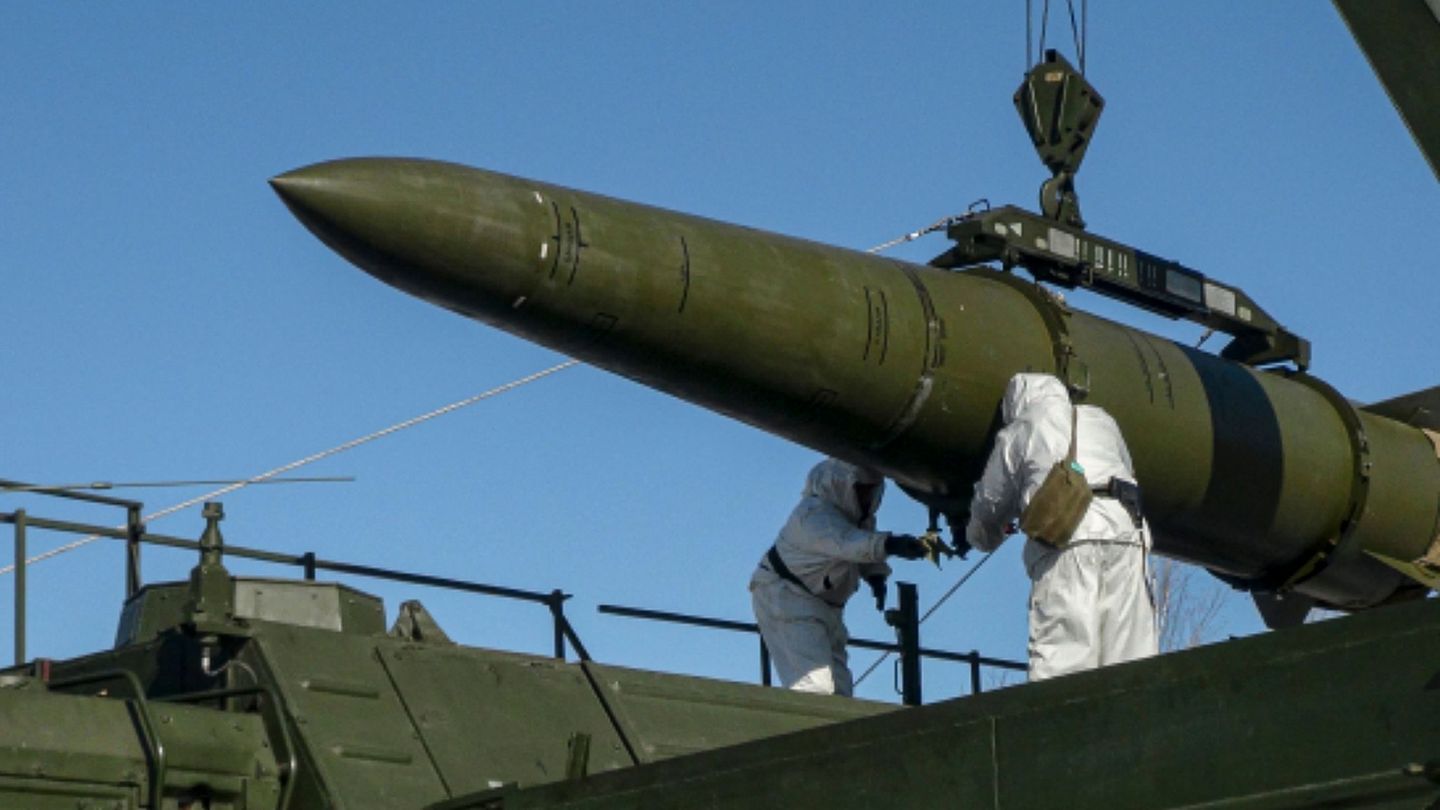Menu
Aviation group is growing: Lufthansa joins Airline Ita: What is changing
Categories
Most Read
They estimate sales of about US$2,000 million in two weeks
October 24, 2025
No Comments
Rating agency: Moody’s warns France with a negative outlook
October 24, 2025
No Comments
For the Financial Times, US aid to Argentina is financial imperialism and represents a geopolitical risk
October 24, 2025
No Comments
since when it has been in force, what taxes it covers and how to adhere to the payment plans
October 24, 2025
No Comments
Why sick leave has reached record levels
October 24, 2025
No Comments
Latest Posts

Private reserves: High prices slow down savers: “emergency eggs” are often too small
October 25, 2025
No Comments
Private reserves High prices slow down savers: “emergency eggs” are often too small Copy the current link Add to wishlist Many people in Germany save

War in Ukraine: Kiev attacked again with ballistic missiles
October 25, 2025
No Comments
IvanI have been working in the news industry for over 6 years, first as a reporter and now as an editor. I have covered politics

Television: Stefanie Stappenbeck: I wasn’t a child star in the GDR
October 25, 2025
No Comments
Lisa HarrisI am an author and journalist who has worked in the entertainment industry for over a decade. I currently work as a news editor
24 Hours Worlds is a comprehensive source of instant world current affairs, offering up-to-the-minute coverage of breaking news and events from around the globe. With a team of experienced journalists and experts on hand 24/7.

